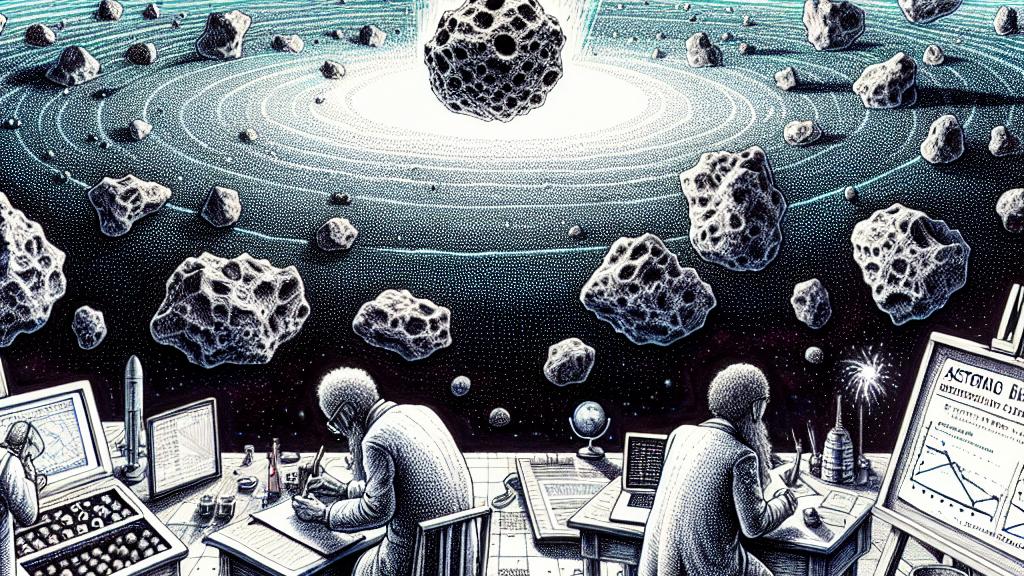Experts Explain Why Asteroid 2024 YR4 Is Not a Threat to Earth
Overview
- Asteroid 2024 YR4 has a minimal collision risk, estimated at only 2%.
- Experts predict this threat will likely diminish to nearly zero.
- Public concerns about this asteroid are largely based on misconceptions.

Understanding the Risk of 2024 YR4
Asteroid 2024 YR4 was discovered in December 2024, and its initial collision risk—reported at around 2% by scientists—quickly captured public attention. Although that number might raise eyebrows, it’s vital to recognize the complexity behind such statistics. In fact, the cosmos is teeming with asteroids, all of which are monitored closely by experts. As scientists delve deeper into their paths, the most recent data suggest that the risk of an impact is dropping rapidly, much like a falling tide. As Larry Denneau from the University of Hawaii aptly puts it, 'There’s no need for alarm. Instead, let’s embrace the curiosity this generates, which could streamline our understanding of the cosmos.'
The Context of Past Impact Events
When we consider the implications of a potential impact from 2024 YR4, looking back at historical events can be enlightening. For instance, the Tunguska event of 1908 saw an object, possibly 50-80 meters wide, explode above Siberia, resulting in tree flattening across an impressive area of around 2,000 square kilometers. Such events, while dramatic, showcase that objects of similar size often produce only local damage rather than a global calamity. The European Space Agency has noted that smaller asteroids can have localized effects reminiscent of the Tunguska explosion, providing clear context that the danger level is not as severe as it may sound. Thus, while the thought of asteroid collision can evoke fear, it's crucial to temper that with the understanding of what previous impacts represent in terms of risk.
Expert Reassurances and Future Observations
Leading figures like Paul Chodas of NASA consistently try to calm the public's concerns, stating that, despite fluctuations in predictions, the risk associated with 2024 YR4 is astoundingly low. He reaffirms, 'The probability of an impact will likely drop to zero in predictably short order.' As we look toward critical observations planned with the James Webb Space Telescope, anticipation builds among experts who are eager to capture more data about the asteroid’s journey through space. With each new piece of information, we get closer to certainty about our safety. Ultimately, it’s comforting to know that these international teams are working diligently on monitoring and preparing strategies to mitigate any unforeseen threats. In essence, we can breathe a sigh of relief, for our vigilance in understanding these cosmic wanderers is stronger than ever.

Loading...